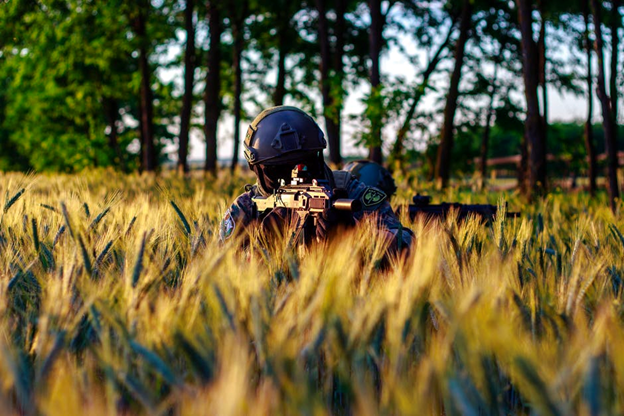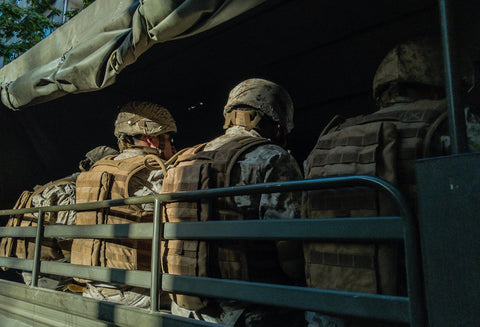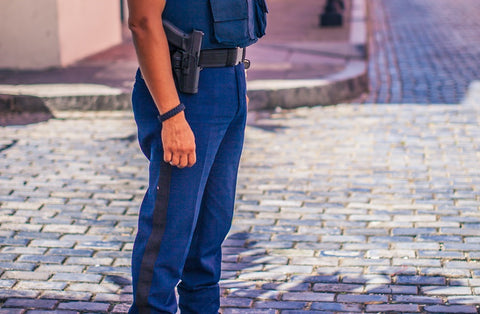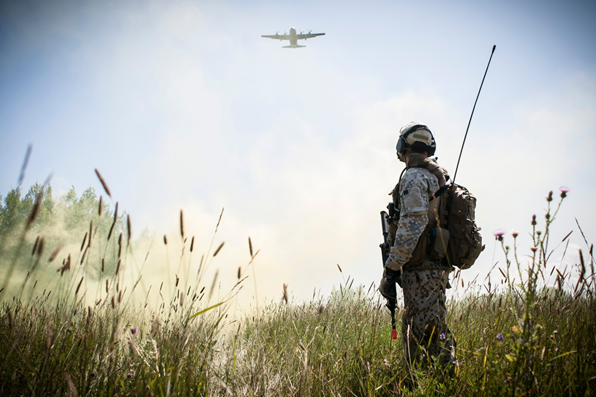How to Prep for Extended Field Deployments
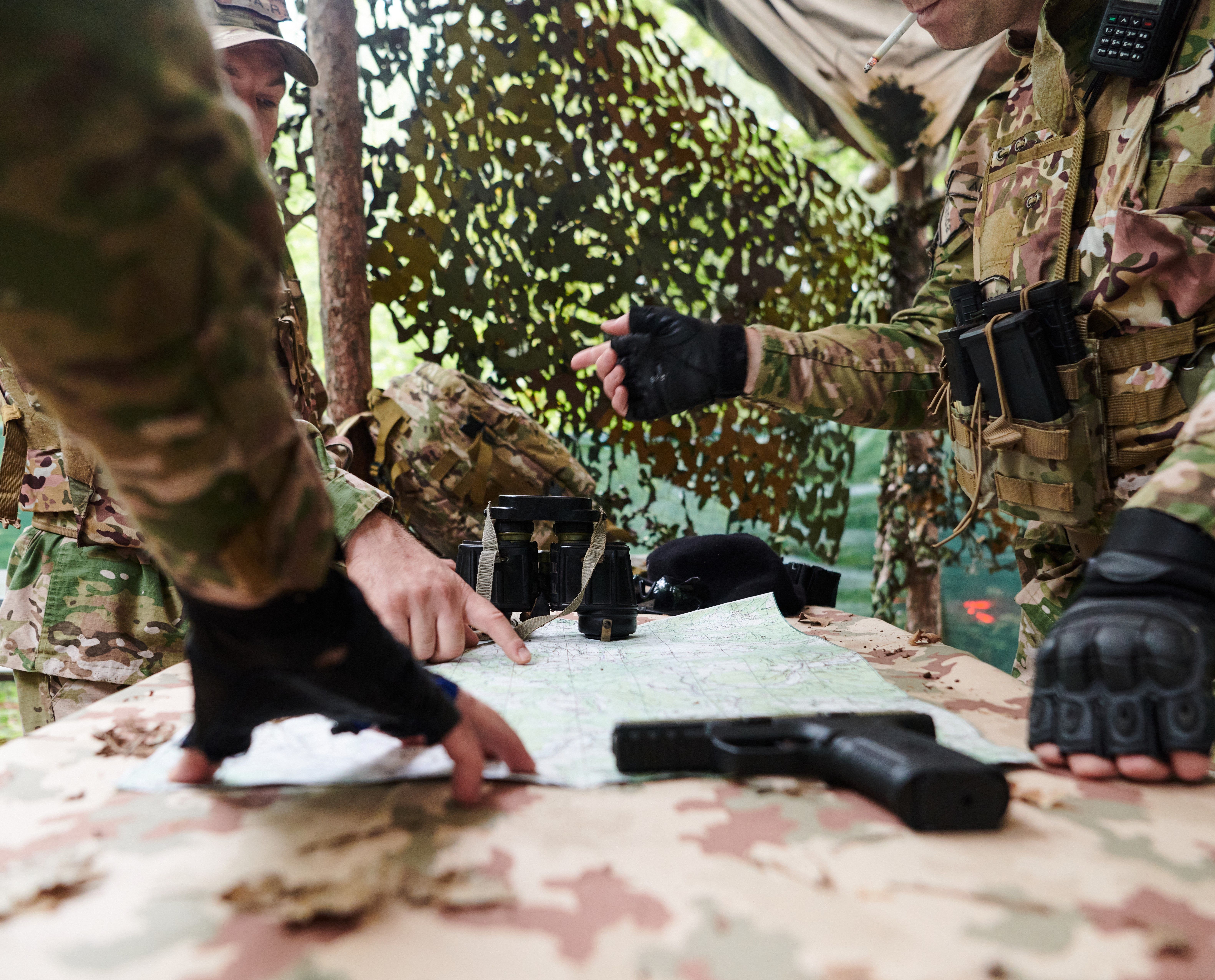
Packing Essentials for Long-Term Deployments
Preparing for extended field deployments requires a careful selection of gear that balances durability, versatility, and efficiency. Whether you’re heading into a remote location or an unpredictable environment, your tactical backpack becomes the cornerstone of your preparedness.
The key to packing for these deployments is ensuring that you bring the right essentials without overloading yourself. You want a tactical backpack that is lightweight yet large enough to carry mission-critical items like extra clothing, tools, and first-aid kits.
Beyond the basics, think about the environment and the specific challenges you might face. Items like portable shelters, compact sleeping systems, and multi-tools are essential for longer missions.
Your backpack should also have compartments that allow for quick access to frequently used gear like hydration systems and MREs (Meals Ready to Eat). Weight distribution matters, too—loading heavier items closer to your back and keeping lighter, more frequently used items easily accessible will help reduce fatigue.
Don’t overlook the importance of spare gear, either. On a long deployment, wear and tear are inevitable. Packing backup equipment like batteries, socks, and waterproof bags ensures that you’re prepared for anything. At the end of the day, your tactical backpack isn't just a storage unit—it's your lifeline, keeping everything you need in one manageable, accessible place.

Nutrition Strategies for Sustained Energy
Surviving an extended field deployment isn’t just about having the right gear; it’s also about maintaining your strength and stamina.
You can’t perform at your peak if you’re not fueling your body correctly. In the field, MREs are often the go-to option for nutrition, but they shouldn’t be your only source of sustenance. While MREs are convenient and designed to provide balanced nutrients, they can sometimes fall short when it comes to providing long-lasting energy, especially on high-energy missions.
A smart nutrition strategy starts with understanding your caloric needs. You’ll be burning a lot more calories than usual due to the physical demands of the job, so you need to ensure you’re consuming enough to stay energized. Protein-heavy snacks like jerky, nuts, and energy bars are easy to pack and can provide a quick boost when you need it most.
Hydration is just as critical—carrying a hydration system ensures you have access to water at all times, keeping you alert and minimizing the risk of dehydration, which can lead to fatigue and slower reaction times.
Beyond calories and hydration, electrolytes are vital for maintaining muscle function and mental sharpness. Carrying electrolyte packets or hydration tablets can make a significant difference in keeping your body balanced, especially in extreme heat or cold.
By planning out your nutrition strategy and carrying the right food and supplements, you’re giving yourself the best chance to stay focused and energized throughout your deployment.
Tactical Gear for Extended Use
The gear you bring on an extended deployment isn’t just about surviving one day in the field—it has to hold up for weeks or even months of continuous use.
Durability is non-negotiable. You’ll need tactical equipment that can withstand rough conditions, whether that’s extreme weather, heavy physical activity, or general wear and tear. High-quality materials, reinforced stitching, and weather-resistant features become essential for ensuring your gear lasts.
Your tactical backpack and hydration system should be built to endure. Look for packs with MOLLE webbing, so you can easily attach pouches, tools, and other gear, allowing you to carry more without compromising on space or functionality. Items like waterproof tactical bags protect your electronics and critical supplies from rain or accidental spills.
And don’t forget footwear—comfortable, durable tactical boots are the foundation of your readiness. Extended use also demands proper footwear care, so packing a small cleaning kit ensures your boots will continue to protect your feet over long stretches of walking or standing.
When choosing tactical gear for extended deployments, consider modular systems.
Being able to add or remove parts based on the mission's requirements can significantly improve your efficiency. This type of adaptability keeps your gear light and manageable, making sure that what you’re carrying is always the most functional option for the task at hand.
Psychological Challenges in Prolonged Deployments
The mental toll of an extended field deployment can often be as challenging as the physical demands. Spending long periods away from home, isolated in unpredictable and sometimes hostile environments, can wear down even the most seasoned professional.
The combination of stress, fatigue, and constant vigilance often leads to mental strain, which can impact both performance and well-being.
Maintaining mental resilience is key. One effective strategy is to develop a routine, even in chaotic environments. Routines provide a sense of control and normalcy, which can help reduce anxiety. Whether it’s a morning exercise routine, regular equipment checks, or evening downtime, creating small, repeatable habits can anchor your mind and help manage stress.
Tactical professionals also benefit from mental conditioning exercises, such as mindfulness or visualization techniques, which help you stay focused and calm under pressure. Visualization, for example, allows you to mentally rehearse various scenarios, preparing your mind to react efficiently when things get tough.
Building mental toughness doesn't happen overnight, but it’s a critical part of preparing for deployments. Make sure to pace yourself mentally as well as physically. Having the right gear, such as durable tactical backpacks that keep your essentials organized, can reduce unnecessary stress, freeing your mind to focus on the mission at hand.
Maintaining Gear in the Field
In the field, your gear is more than just equipment—it’s your lifeline. Proper maintenance of your tactical gear is crucial, especially during extended deployments where access to replacements might be limited. If your gear fails, it can compromise not only your mission but also your safety. Routine inspections and upkeep should be part of your daily tasks to ensure everything is in working order.
Tactical backpacks and hydration systems, for instance, are constantly exposed to rough conditions. Make sure to clean and inspect your backpack regularly, checking for frayed straps, worn zippers, or compromised seams.
Dust, mud, and moisture can wear down even the toughest materials over time, so having a simple maintenance kit on hand for quick fixes is a smart move. Similarly, hydration systems should be cleaned and dried thoroughly after each use to prevent mold buildup, which can render them useless and even hazardous to your health.
Footwear, tactical clothing, and electronics also need attention. If you're using waterproof gear, inspect the seams and zippers to make sure they haven’t been compromised.
Tactical boots should be cleaned of debris and mud regularly, and treated with water-resistant sprays if needed. Simple preventive measures can keep your gear functioning optimally throughout your deployment, allowing you to focus on the mission rather than worrying about whether your equipment will hold up.

Adapting to Changing Environments
One of the greatest challenges of an extended field deployment is adapting to changing environments. Whether you’re moving from scorching deserts to freezing mountains or from humid jungles to arid terrain, your gear and preparation need to be adaptable.
Versatility in your tactical gear is crucial. You should be ready for anything—rain, extreme heat, cold, or sudden environmental shifts.
Tactical backpacks that feature modular systems are invaluable in these situations. The ability to easily add or remove pouches based on your current needs allows you to adjust your load without losing efficiency. For example, adding a waterproof pouch for electronics in wet environments or swapping in extra thermal layers for colder climates ensures you're prepared for anything the environment throws at you.
Tactical outerwear with removable liners, like some multi-layer jackets, provides adaptability for fluctuating temperatures, ensuring you’re never over- or under-dressed for the conditions at hand.
Physical adaptability also plays a role. Your body must adjust to different climates, whether it's staying hydrated in the heat with a reliable hydration system or maintaining energy levels in colder climates with high-calorie foods. The more versatile and prepared your gear, the easier it is to adapt to any environment you might encounter on your deployment.


